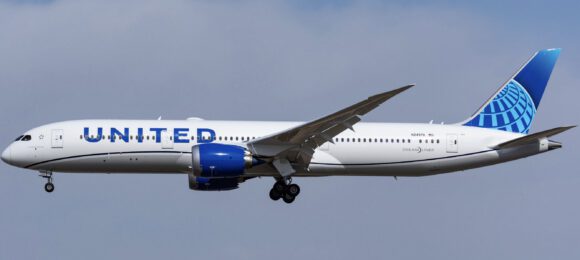As the ITC reasoning behind its decision to deny Boeing’s claim is digested, the next dominos are falling. Delta’s statement is “Delta is pleased by the U.S. International Trade Commission’s ruling rejecting Boeing’s anticompetitive attempt to deny U.S. airlines and the U.S. traveling public access to the state-of-the-art 110-seat CS100 aircraft when Boeing offers no viable alternative. The airline looks forward to introducing the innovative CS100 to its fleet for the benefit of Delta’s employees, customers and shareowners.” It turns out that Delta’s testimony seemed to carry the most weight for the ITC.
An aspect of the ITC reasoning that is getting some attention is the airline is now able to take deliveries of the CS100 from Mirabel and not wait for years until the Mobile FAL is operating. Delta and Bombardier, understandably, are not saying anything about this.
The ITC result was unexpected by Bombardier like it was for almost everyone following the industry. There was a not very secret plan for any Mirabel built CS100s to go to AeroMexico. Bombardier and Delta must have been busy for months working on contingency plans. Then along came the unexpected ITC ruling and those plans, in place and well thought out, became moot.
Now Delta and Bombardier have to go back and essentially undo the plans they put in place. Delta had already planned to extend the use of their MD fleet in the event they had to wait for the Mobile FAL. Bombardier had to figure out where to put the Delta deliveries in their production slots because the expected ITC ruling was going to mess up any delivery plans. Details of how any aircraft were going to end up in Mexico are still secret. As one can see several moving parts had to be stopped once the ITC made its ruling.
We expect to see a CS100 is Delta colors soon. Both the airline and Bombardier want this. Delta believes the CS100 is going to disrupt its competitors and they have good reason to believe this. If passengers are given the choice of a regional jet or the more spacious CS cabin, the choice is easy. We expect Delta to make a big fuss of this feature in every market they take the CS100. Since most passengers have no idea which aircraft they are flying, Delta will need to undertake an education strategy.
Winning over customers to their CS100 at the start of a trip means Delta should be able to keep more traffic in its network. This means they can use the CS100 to increase market share and in the oligopoly without touching fares. Travelers who are price driven, rather than mileage loyalty driven, are likely to swing to the Delta product. Finding a spacious cabin with bigger seats will be something of a revelation for US air travelers. Once captured, these travelers might develop a liking for Delta’s product and service.
This outcome has been seen at CS300 launch customer airBaltic. “With the introduction of brand new Bombardier CS300 aircraft, this year airBaltic has increased the number of passengers served by 21 percent. Thanks to the improved efficiency of the aircraft, this summer was the strongest in the history of airBaltic. For several months in a row, airBaltic, which turned 22 this autumn, reached record high passenger flows as well as revenue,” the airline reported.
If Delta can their first CS100s in service quickly, we expect to see American and United react by either also acquiring CS100s or E190-E2s. Southwest may not be immune from this impact either. Delta’s deployment of the CS100 is likely to be good for Bombardier and also for Embraer.
Views: 3




